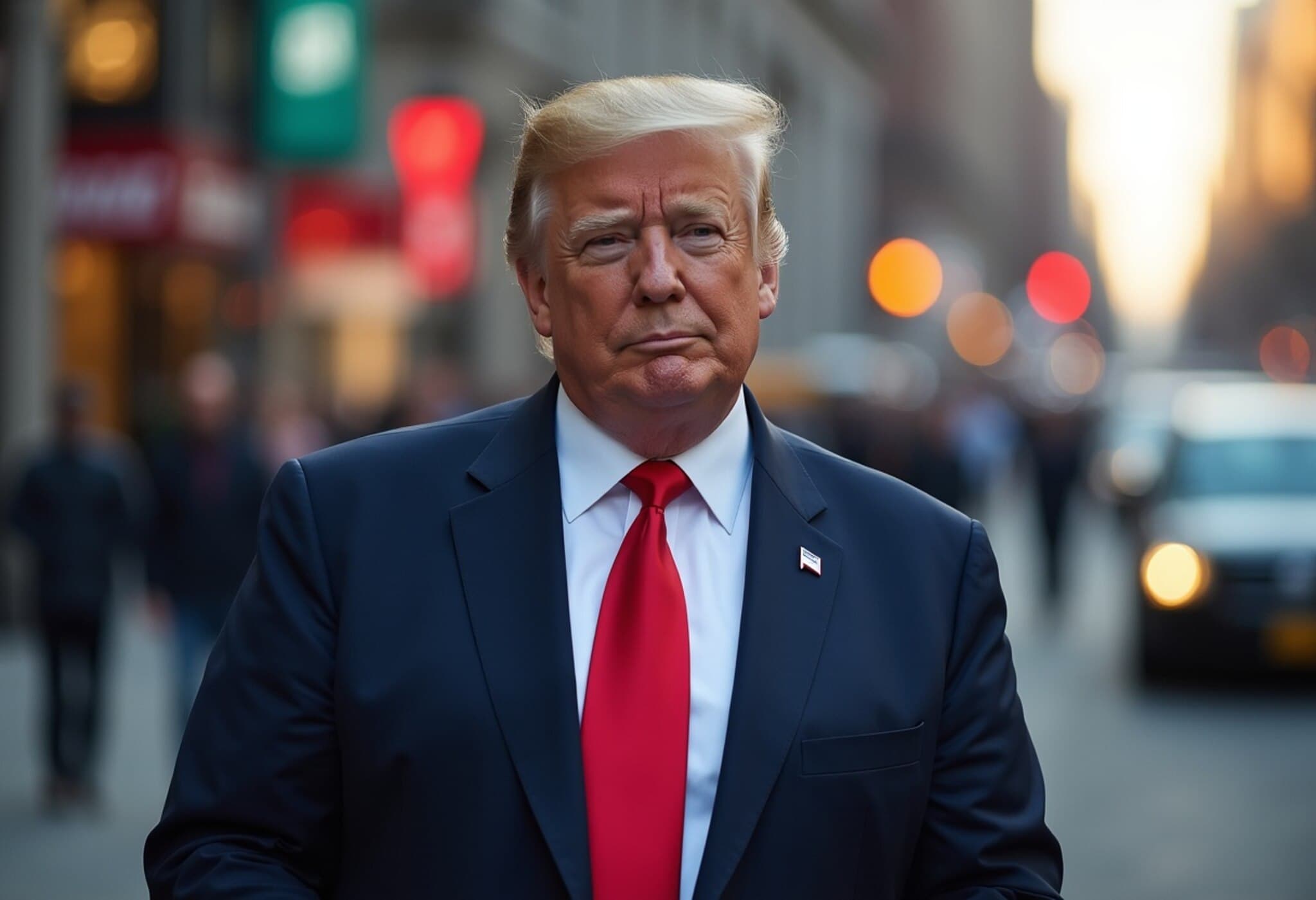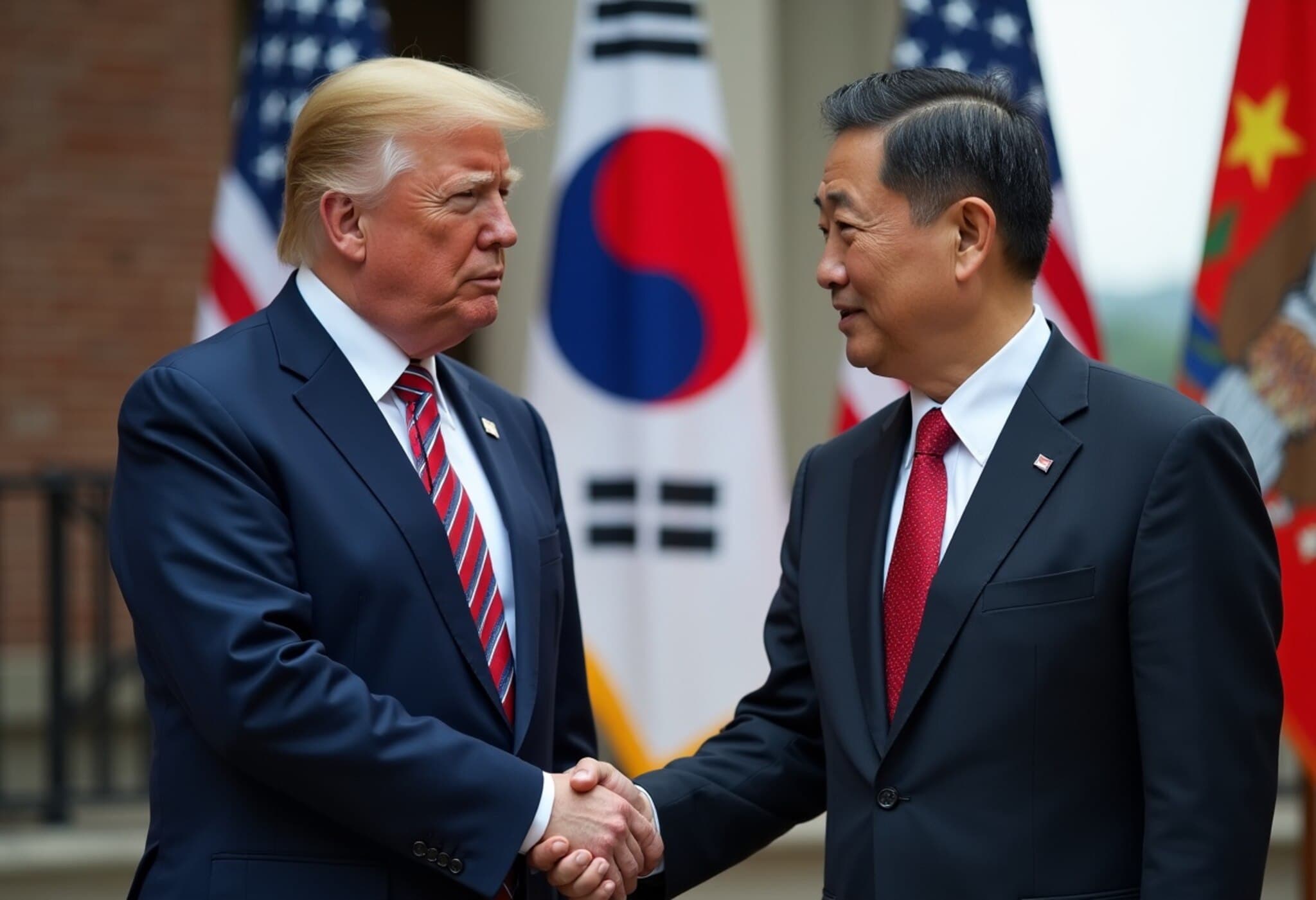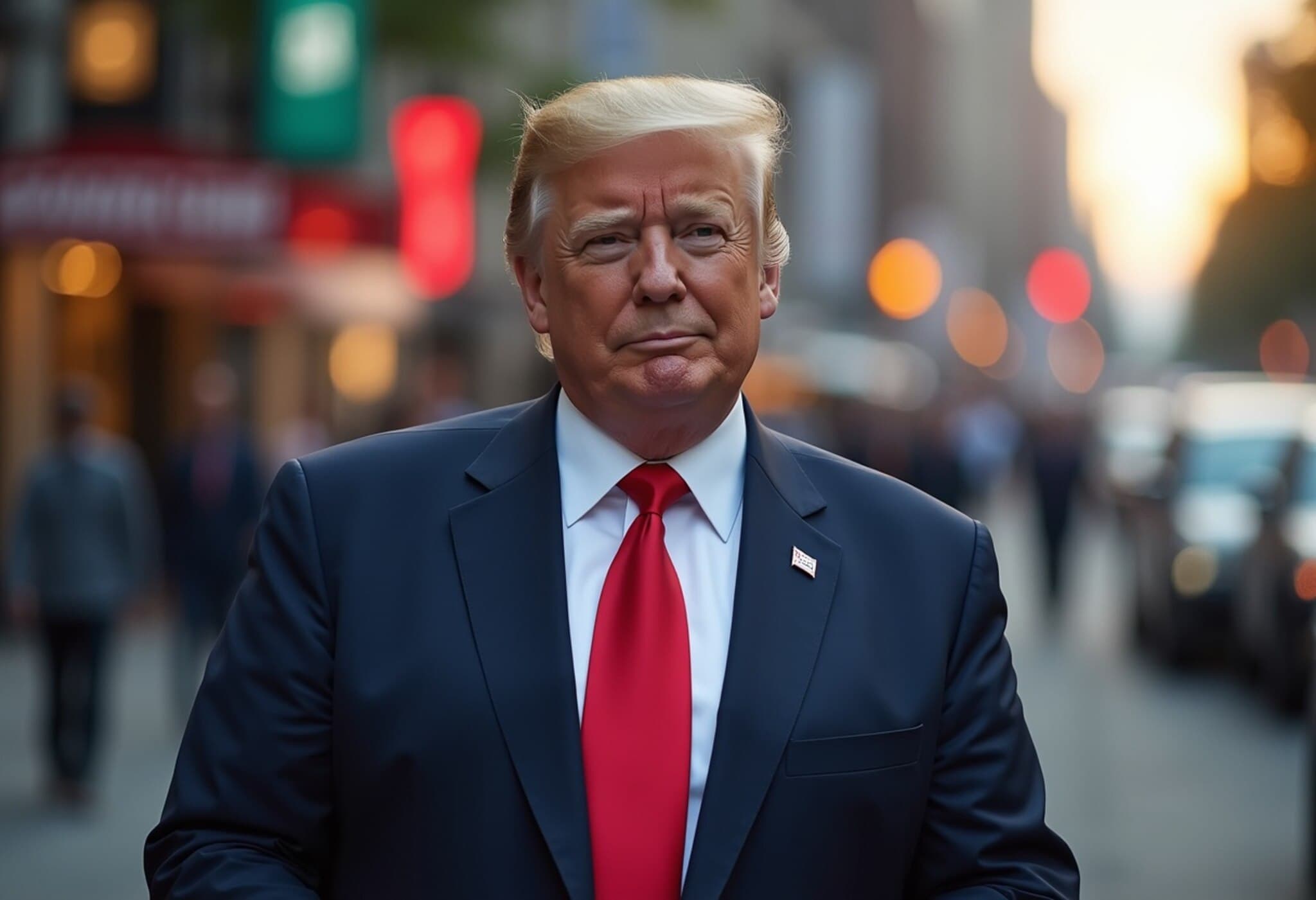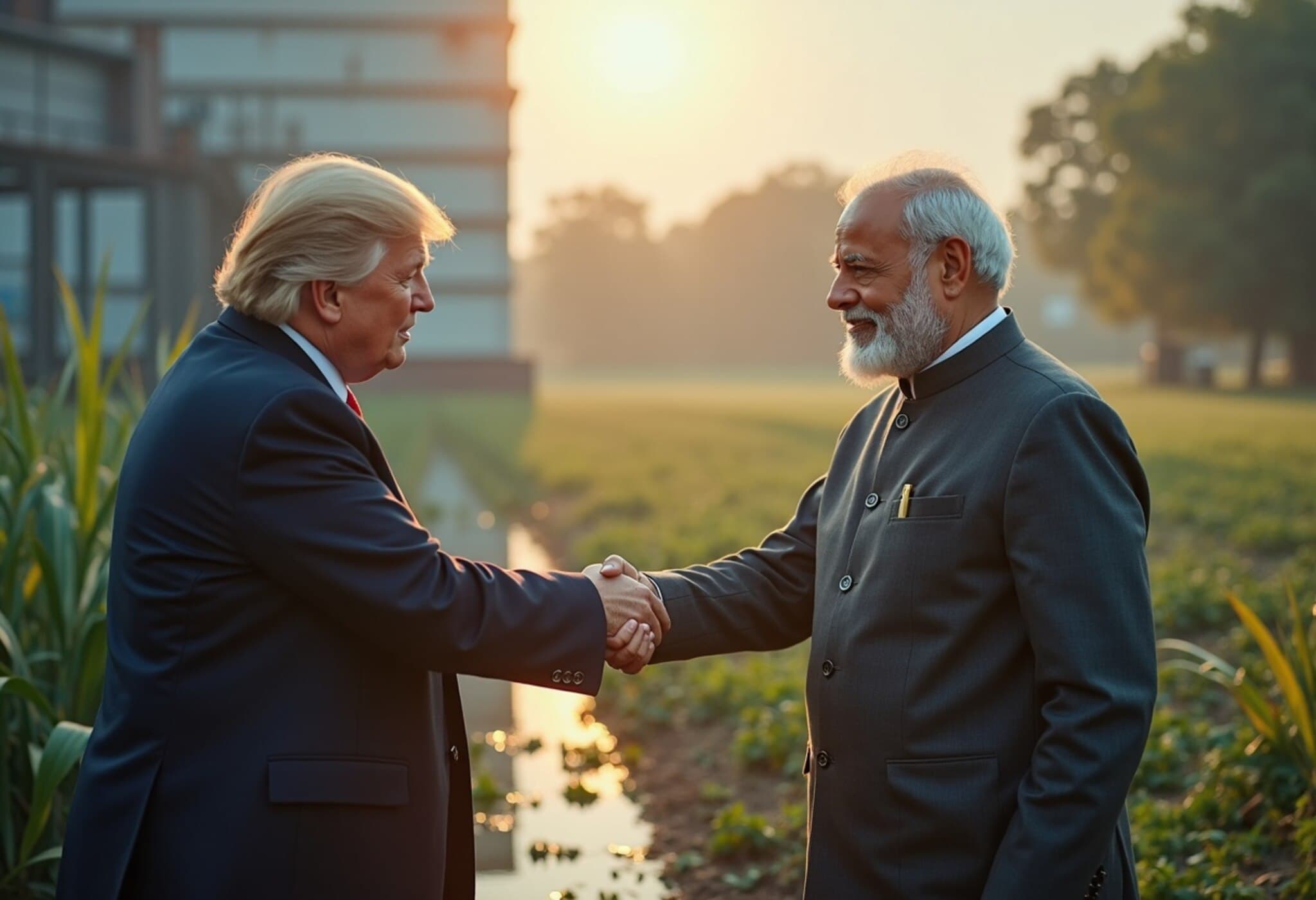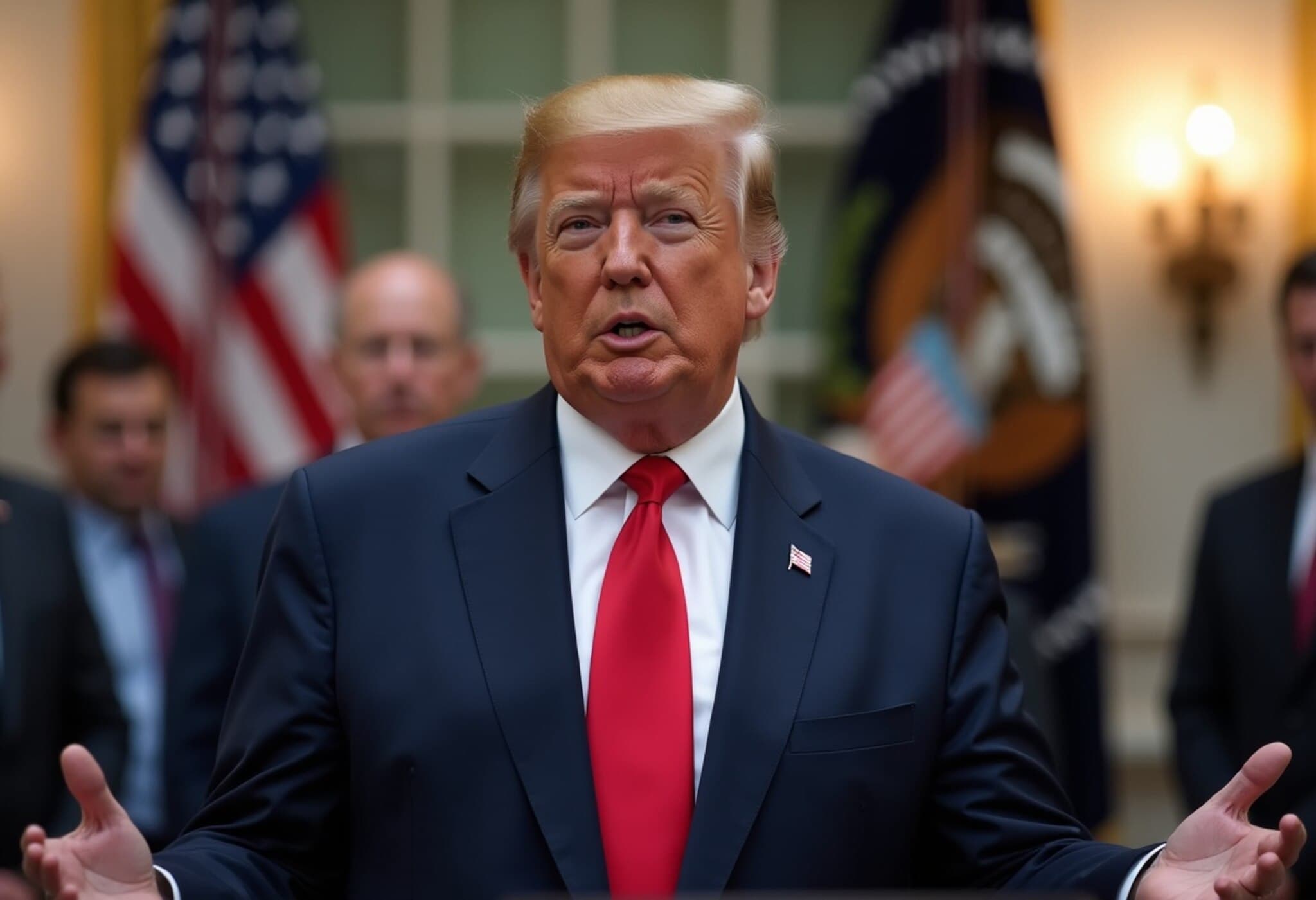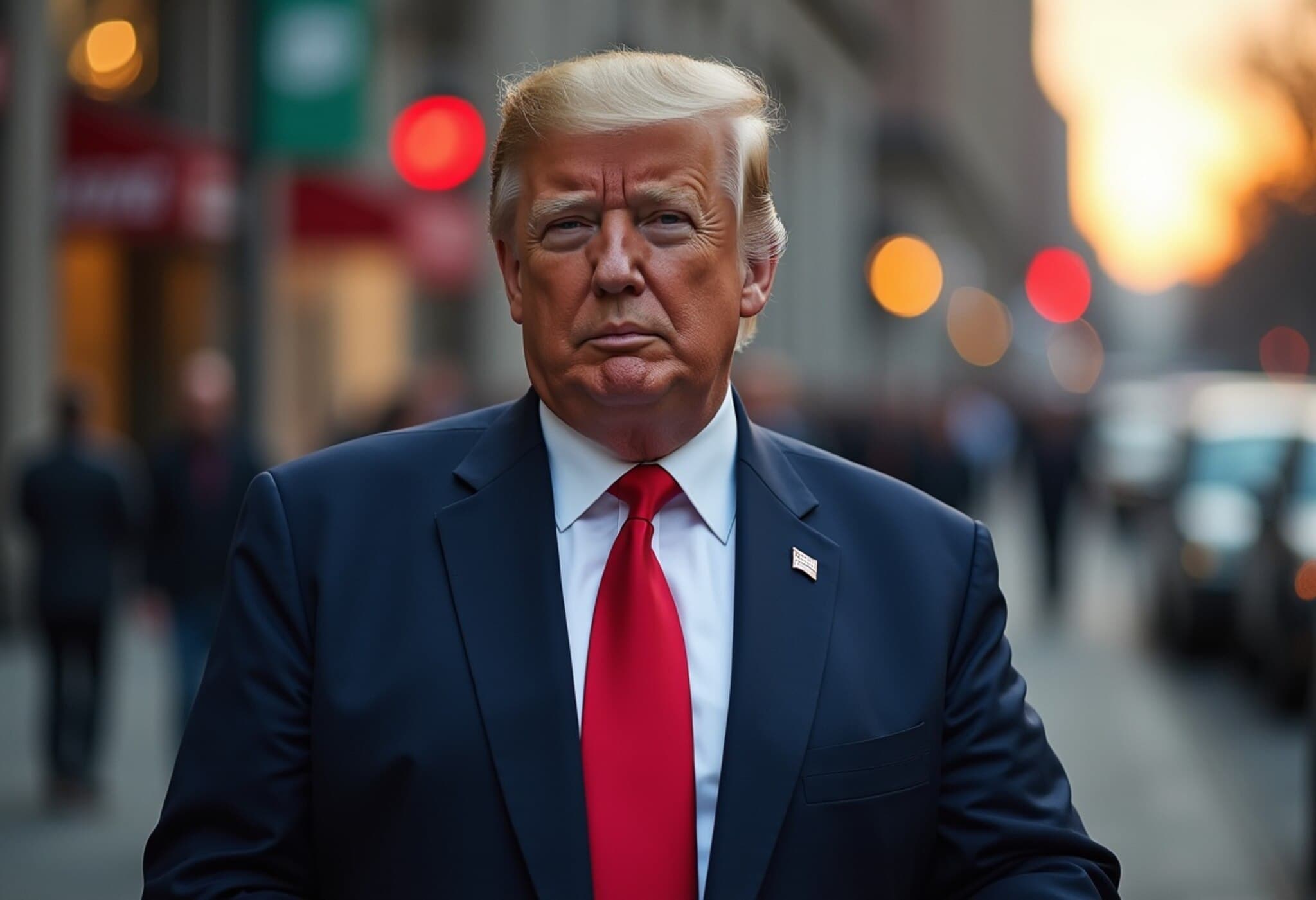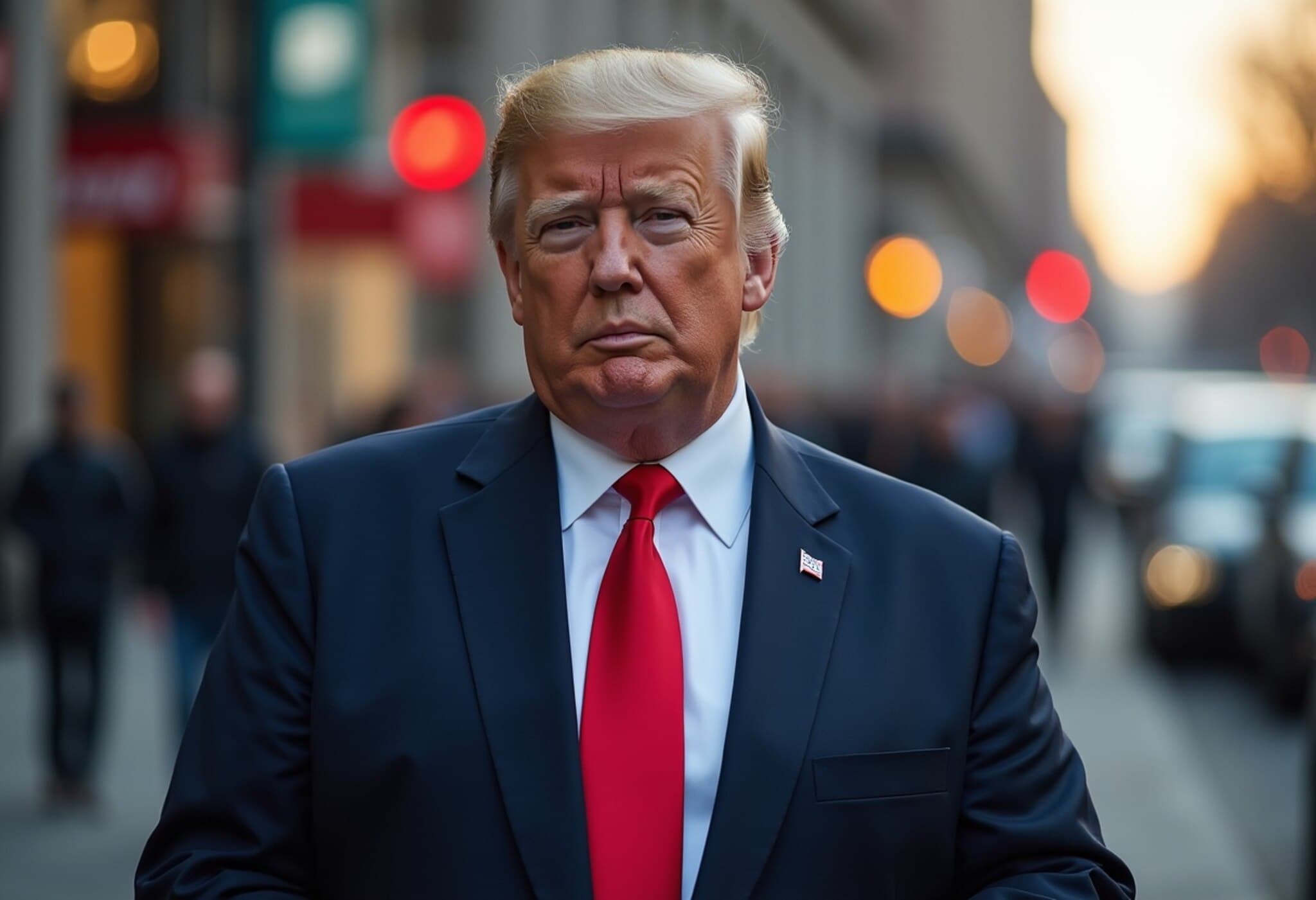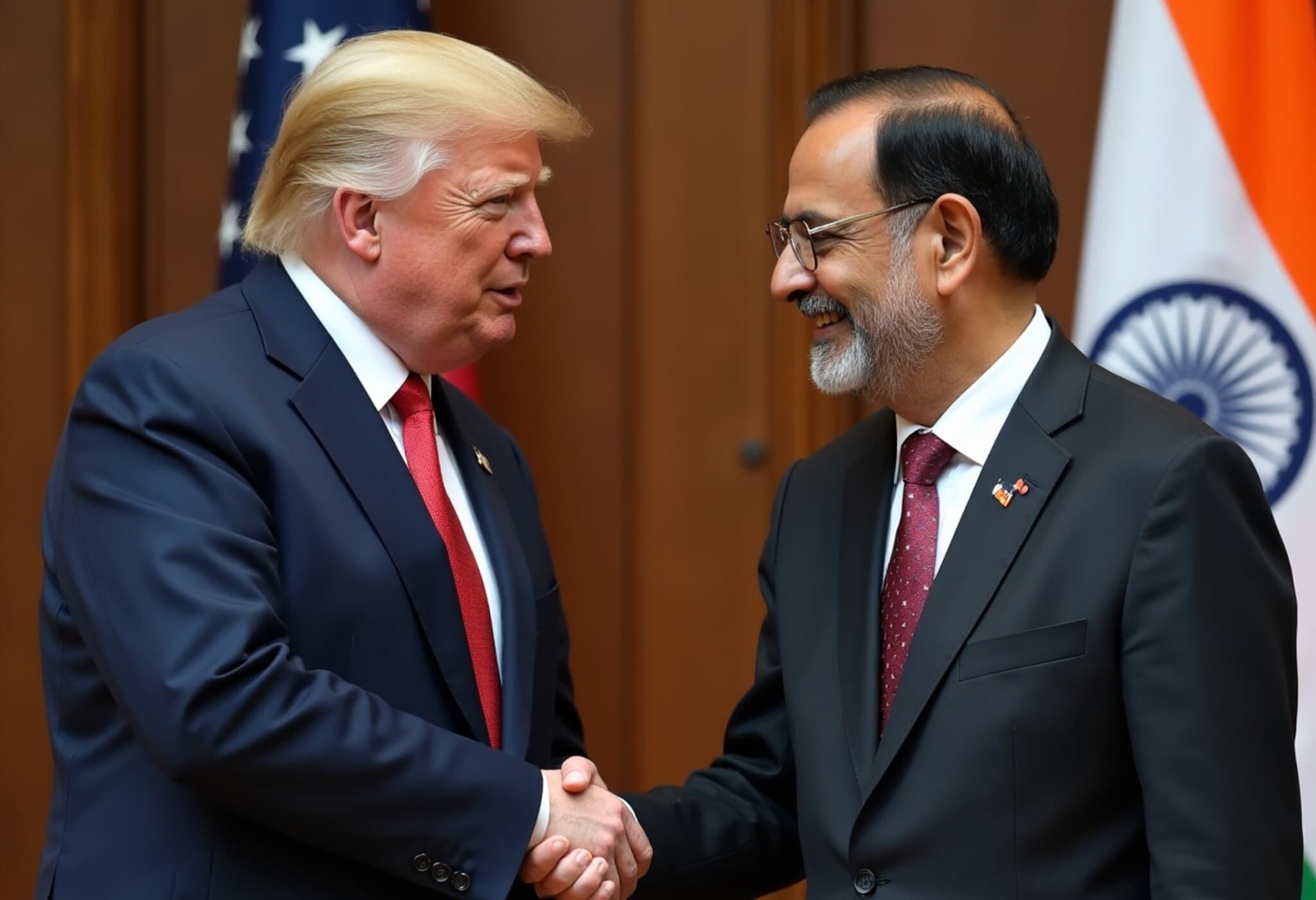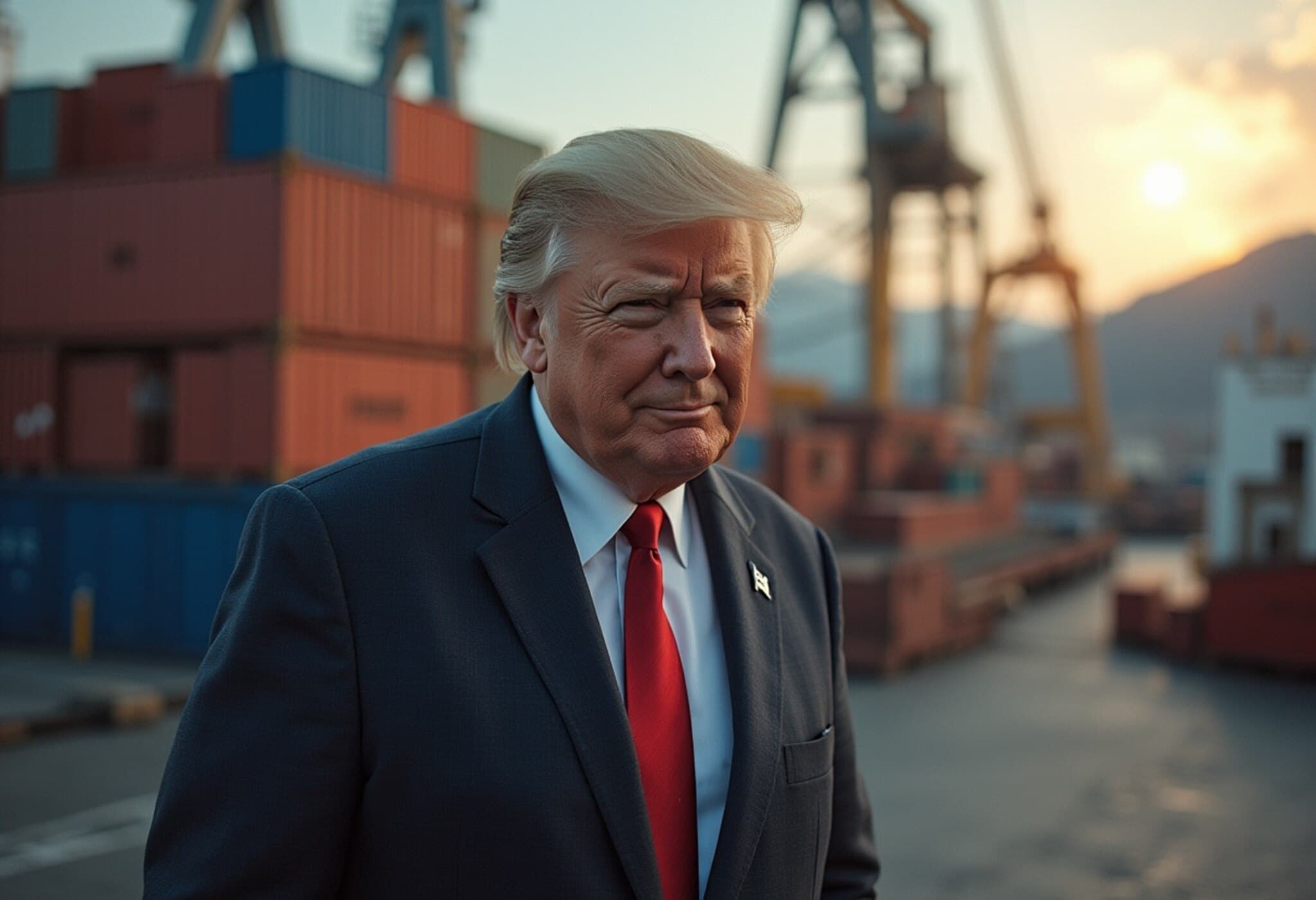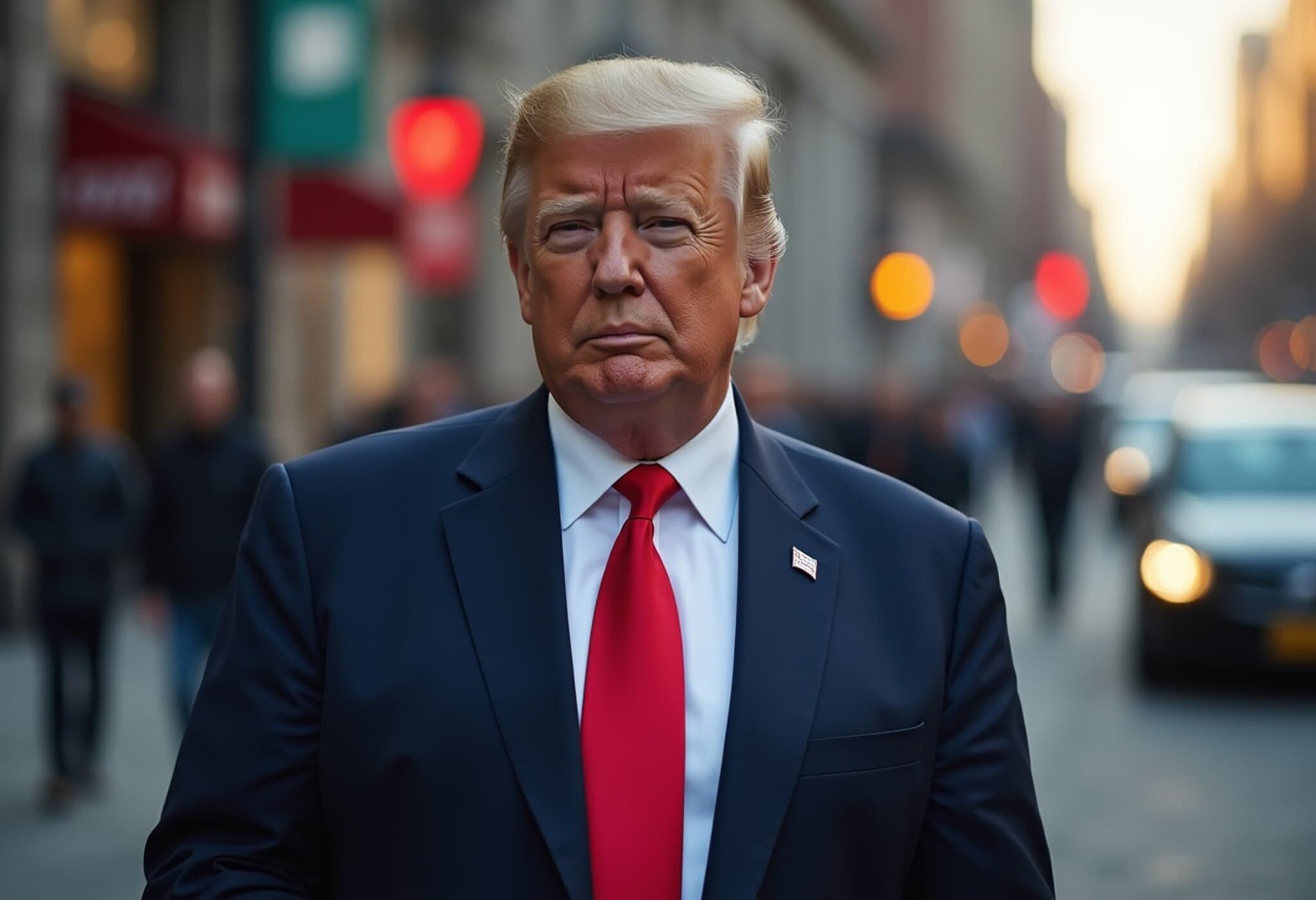US Nears Trade Agreements with India and EU Amid Tariff Deadline
As the August 1 deadline for reciprocal tariff adjustments approaches, US President Donald Trump signaled promising progress toward new trade agreements, particularly highlighting a deal with India on the cusp of completion. Additionally, a potential trade pact with the European Union remains under active discussion, reflecting a dynamic period in international trade relations.
Trade Negotiations in the Final Stretch
During a recent interview on Real America's Voice, President Trump conveyed optimism about the negotiations, stating, "We're very close to India," and suggesting that a deal with the European Union is within reach. This announcement arrives as an Indian delegation arrived in Washington earlier this week to advance talks aimed at finalizing trade agreements between the world’s two largest democracies.
Meanwhile, EU trade chief Maros Sefcovic was en route to Washington to participate in crucial discussions around tariff adjustments and trade terms, underscoring the EU’s readiness to reshape its trade relationship with the US.
Context: The Stakes Behind the Tariff Deadline
The Trump administration has prioritized recalibrating trade partnerships to address the substantial US trade deficit, which has been a core policy focus. The looming August 1 deadline threatens to raise tariffs significantly on many imports, potentially escalating trade tensions. The administration is concurrently finalizing agreements with smaller nations across Africa and the Caribbean, broadening its strategic trade portfolio.
European Union's Shift in Tone
Reflecting on the evolving EU-US trade dynamics, President Trump remarked, "The European Union has been brutal, and now they’re being very nice. They want to make a deal, and it’ll be a lot different than the deal that we’ve had for years." This hints at a potential thaw and recalibration in historically challenging negotiations, possibly leading to more equitable terms.
Canada Trade Talks Remain Uncertain
When pressed about trade discussions with Canada, another key US trading partner preparing countermeasures if talks falter, Trump maintained a cautious stance, stating, "Too soon to say." This ambiguity contrasts with the clearer outlook on India and the EU, highlighting the complexities still at play in North American trade relations.
Significance of the India-US Deal
The prospective agreement with India is particularly noteworthy amid rising economic cooperation aspirations between the two nations. President Trump’s recent announcement of a trade deal with Indonesia, which includes reducing Jakarta’s tariffs to 19%, underscores a wider US strategy to expand market access in the Indo-Pacific region.
For the US, opening Indian markets could catalyze growth in sectors like technology, agriculture, and manufacturing, while India stands to benefit from improved export opportunities and investment flows. However, experts caution that challenges around intellectual property, labor standards, and regulatory frameworks will require sensitive navigation to ensure mutual benefit.
Expert Insight: Navigating a Complex Trade Landscape
Trade analyst Dr. Samantha Greene from the Center for Global Commerce explains, "The US approach appears to focus on diversifying its trade partnerships beyond traditional frameworks, balancing concerns of deficits with strategic geopolitical interests. Achieving durable agreements with diverse partners like India and the EU requires reconciling significant policy differences, but success could redefine global commerce dynamics for years to come."
- Key dates: August 1 tariff deadline
- Parties involved: US, India, European Union, Canada
- Strategic focus: Reducing trade deficits, expanding market access
Looking Ahead
As the clock ticks toward August, all eyes turn to Washington for the outcomes of these intricate trade negotiations. The success or failure of these deals will have far-reaching impacts on global supply chains, pricing, and diplomatic relations, affecting industries and consumers alike.
Editor’s Note
This pivotal moment in US trade policy invites us to consider not only the economic ramifications but also the broader geopolitical signals these deals send. How will balancing national interests with global cooperation reshape international trade norms? What challenges lie ahead in crafting agreements that are fair and sustainable? Staying informed and critically engaged with these unfolding developments is essential for understanding the future of global commerce.

